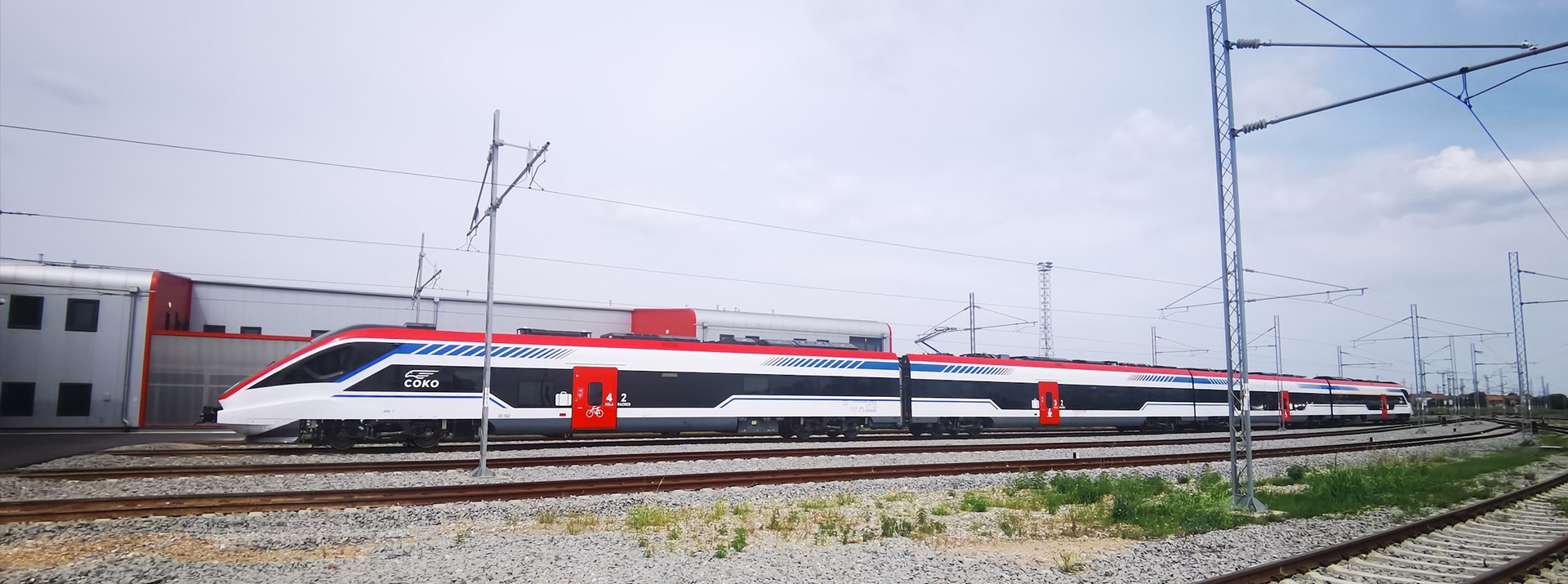
Knorr-Bremse is supplying braking and entrance systems for the Chinese high-speed trains that will run on the new line between Budapest and Belgrade.
In the first European rail vehicle project by a Chinese vehicle manufacturer to comply with Europe’s Technical Specifications for Interoperability (TSI), rail vehicle builder CRRC Changchun Railway Vehicles Co., Ltd. (CRRC CRC) is supplying five high-speed trains for the new Hungary-Serbia rail link between the two countries’ respective capitals.
Knorr-Bremse is supplying the braking and entrance systems for the four-car trains that will soon be carrying passengers between Budapest and Belgrade. Knorr-Bremse is manufacturing the majority of the braking system components at its R&D center in Suzhou, China, while the IFE-VICTALL joint venture in Qingdao is responsible for producing most of the entrance systems.
Validation and certification runs are already under way
The infrastructure project surrounding the new rail link is currently one of the largest in southeastern Europe. It is intended to reduce the time of rail journeys between the two cities from nearly eight hours to just two hours 40 minutes. The 183 kilometers of track in Serbia are designed to support a top speed of 200 km/h; the 159 or so kilometers of track in Hungary can handle speeds of up to 160 km/h. But the route is also interesting from a rail freight perspective, because it will improve the connection between rail systems in Europe and Turkey – and from there with the rest of Asia.
The first two of the five high-speed trains have already been delivered and have been performing validation and certification runs since May. As soon as they have been certified, they will start operating on the section of track between the Serbian cities of Belgrade and Novi Sad. By 2025, the entire line should be ready for regular passenger traffic between the two capitals.
